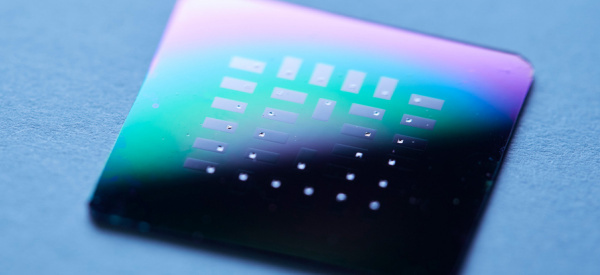The most convenient wearable can be one that’s implanted in your body, but how do you get power to it?
Implanted sensors and other devices could be the ultimate wearables; you can’t forget them and leave them behind, because they are always with you. But how do you get power to them? Batteries can store power, but they need to be recharged or replaced. People have developed ways to beam power to inside the body using everything from light to ultrasound, but these have their limitations. Researchers at MIT have developed a fuel cell that is powered by the body’s own fuel source: glucose. The thin-film device is about 100 times thinner than a human hair and could even be used as a coating for implanted devices. It uses a ceramic material similar to zirconia that is biocompatible and can withstand high-temperature sterilization procedures. The result is a device that can provide an endless supply of power for implanted devices.


